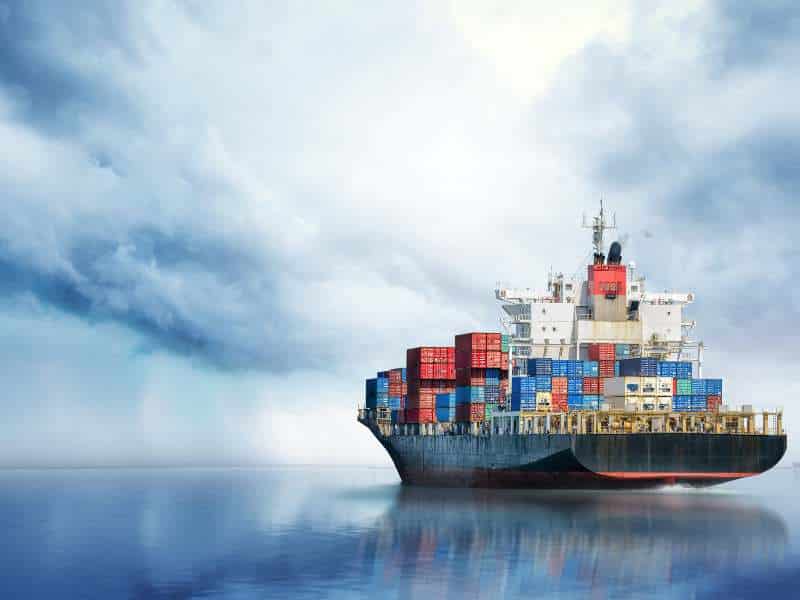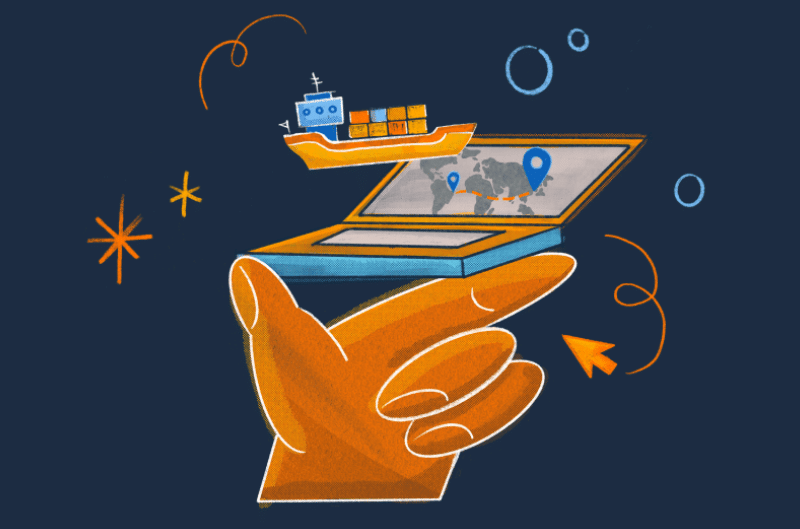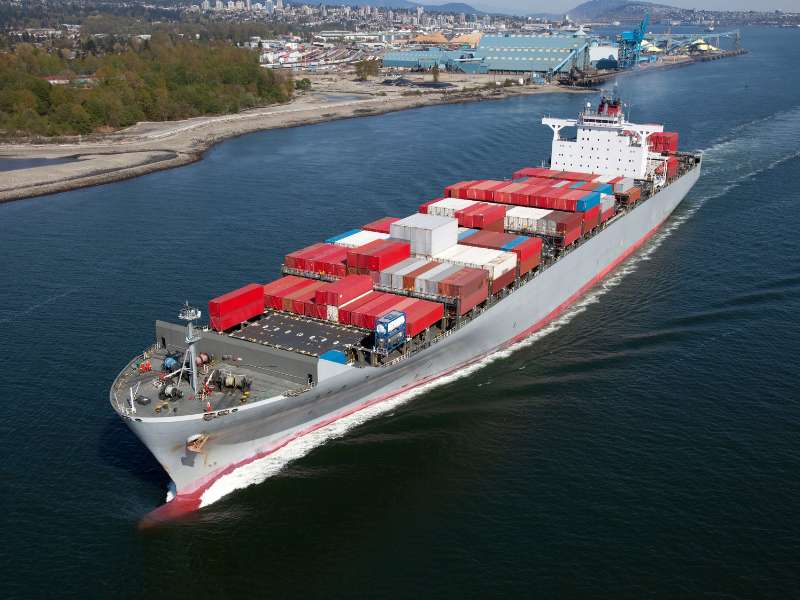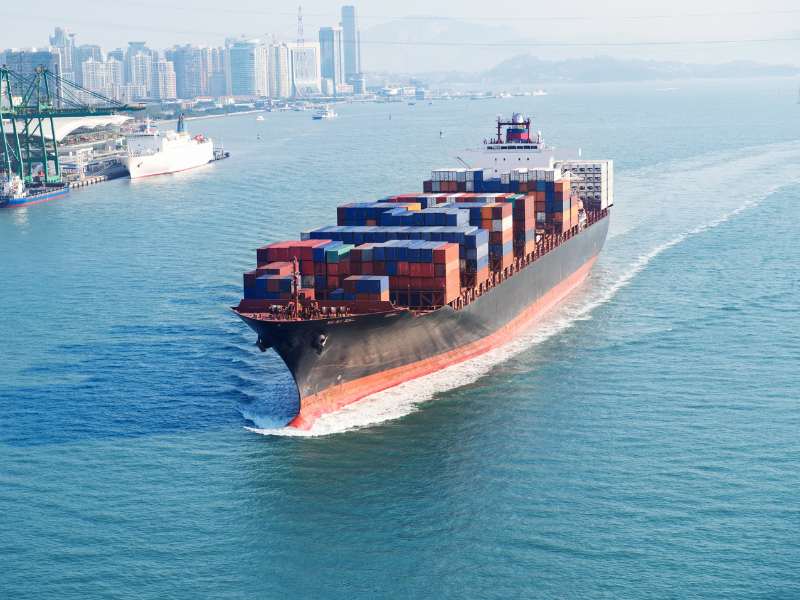Precise navigation through the vast expanse of international commerce is essential, and Matson container tracking serves as a guiding light for companies striving to attain mastery over their maritime logistics. In light of the increased need for up-to-date shipping information, maritime container monitoring and dependable Matson shipment tracing have assumed an even greater significance. With the objective of elucidating the intricacies of freight movement tracking, this guide Xiongda provides an all-encompassing examination of the optimal approaches to employ track and trace container technologies.

The Significance of Matson in International Shipping
Matson is a critical participant in the domain of international shipping, providing the foundation for the smooth transportation of commodities across the Atlantic Ocean. Matson enhances freight movement tracking transparency through the integration of cutting-edge track and trace container systems. This empowers shippers to obtain a comprehensive overview of their cargo’s transoceanic journey. In the contemporary world of commerce, where punctuality and precision are of the utmost importance, this ability is vital.
In addition, Matson’s expertise in ocean cargo tracking serves as a prime example of its fundamental function in international commerce, enabling the safe and effective conveyance of cargo.
Matson’s comprehensive logistics network maintains its critical status as a key player in international maritime shipping and commerce by facilitating the connection of global markets.

Steps for Mastering Matson Container Tracking
Step 1: Creating an account with Matson for access to tracking services.
In order to optimize the capabilities of Matson container tracking, one must initially establish an account on the official Matson website. By utilizing this account, you will have access to a collection of monitoring functionalities. Determine the location of the registration or sign-up section on the Matson homepage. Users will be required to enter fundamental personal information, including, if applicable, their name, email address, and company details. You will be granted access to an intuitive interface designed for managing and monitoring your shipments once your account has been created.
Step 2: Locating your container number or booking reference.
You will require your container number or booking reference in order to monitor your shipment. This identifier is very important as it connects you to your cargo. Typically, the container number is disclosed during the shipment reservation process and is also accessible via cargo documents or confirmation emails. It is a distinct sequence of digits and letters that serves to identify your container within the worldwide transportation network. A booking reference fulfills a comparable function by serving as a key to obtain the tracing information for your shipment.
Step 3: Accessing real-time updates on your shipment’s location and status.
Log into your Matson account and navigate to the tracking section to get started. In the specified field, please enter your container number or booking reference. The system will immediately retrieve the most recent information regarding the location and status of your shipment upon submission. The updates encompass not only the cargo’s geographical location but also vital information including the estimated time of arrival (ETA), any encountered delays, and prevailing conditions that may impact the shipment.
Step 4: Using Matson’s track and trace features for Matson container tracking.
Proceed by logging into your Matson account and navigating to the track and trace section to commence. This dedicated section provides a detailed overview of the progress of your shipment. To commence the tracing procedure, please input your container number or assigned booking reference in this field. Matson’s system is distinguished by its capacity to provide exhaustive information regarding your shipment. In addition to fundamental location updates, users have the ability to obtain details pertaining to the present state of the container, logistical modifications, and exact arrival times at subsequent ports of call.
Step 5: Integrating freight movement data into your logistics strategy.
Incorporating goods transportation data into one’s logistics strategy represents a substantial stride towards attaining supply chain transparency and efficiency. The monitoring of containers with Matson offers a wealth of data that, when utilized effectively, can revolutionize logistical operations.
To begin, ensure that the monitoring data obtained from Matson’s system is centralized. By consolidating this data into a solitary interface or logistics management system, one can obtain a comprehensive understanding of their shipments. The process of consolidation facilitates enhanced monitoring and analysis, empowering one to promptly discern patterns, forecast possible setbacks, and arrive at well-informed judgement.
Subsequently, refine your logistics planning by analyzing historical performance data and real-time shipping updates. Gaining knowledge about the customary durations of transit, prevalent obstacles, and seasonal fluctuations in shipping routes can enable one to proactively foresee potential complications. Adopting this proactive stance guarantees the ability to make necessary adjustments to inventory levels, shipping schedules, and delivery timelines, thereby mitigating the consequences of unforeseen delays.



